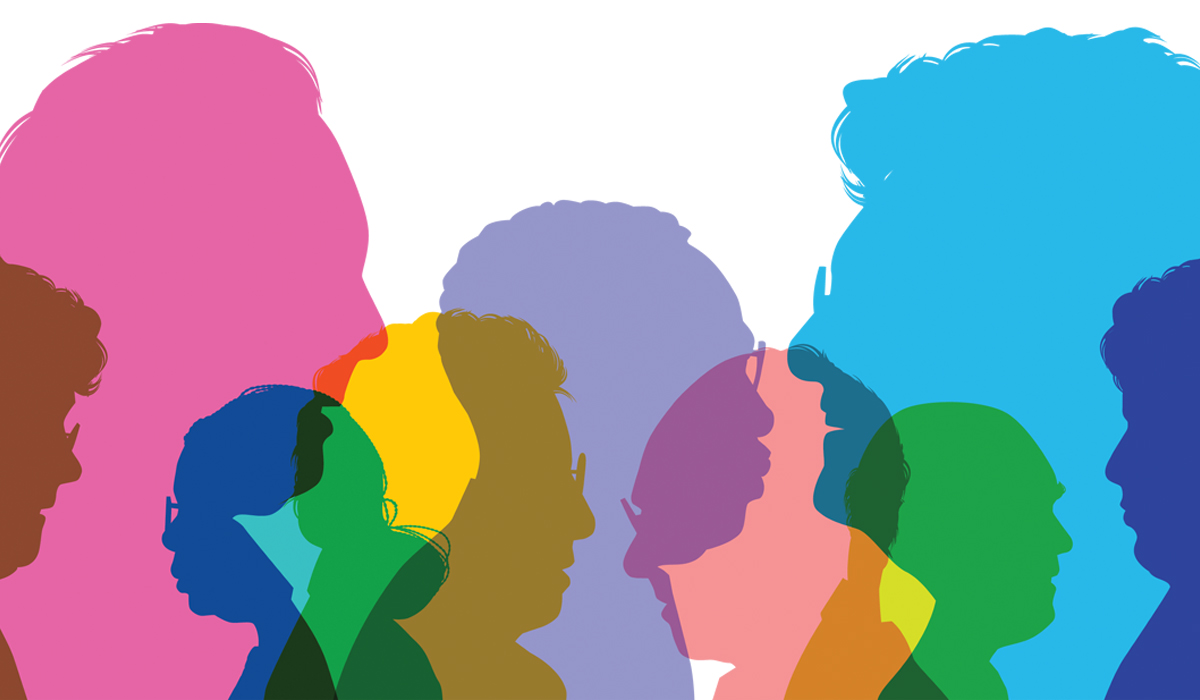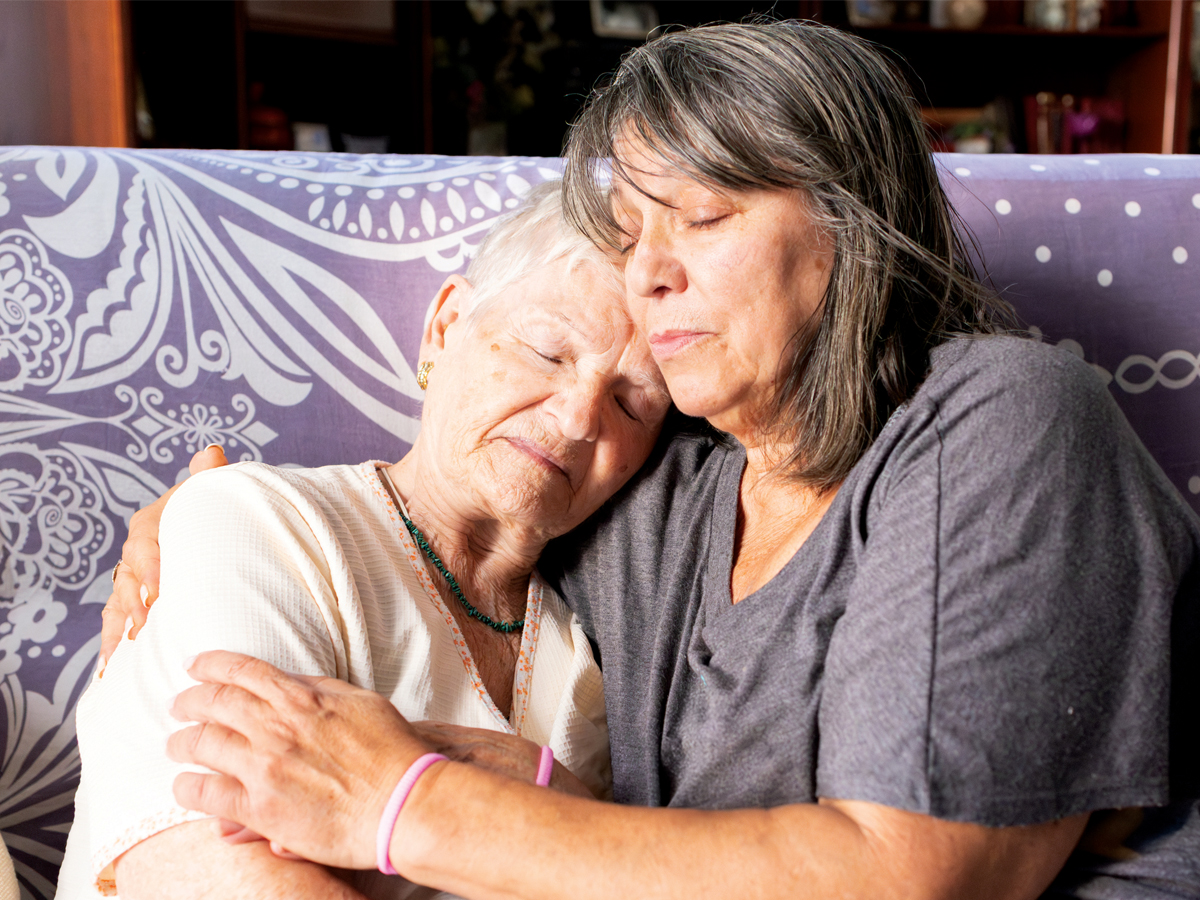A look at how technology is improving our ability to age well and provide care
Scheduling, monitoring, testing, communicating and treating—all areas where a variety of technologies are helping caregivers and the folks they are caring for prevent accidents, solve problems, manage finances, increase support, share data, reduce loneliness and live with less stress.
Technology continues to evolve and adapt to the needs of our country’s aging population. Results of an on-line survey of 600 family caregivers conducted by the University of Alberta a few years ago found this information:
• 7 in 10 family caregivers used technology to coordinate care: making appointments, sharing tasks among family members and organizing transportation or services.
• 90% of caregivers kept in touch with friends and family using some form of communication tech.
• 70% used technology to educate themselves so they would better understand the health conditions of their care receivers
• Almost 50% of caregivers used technology to manage care from a distance
Here are 10 types of technology that can add value:
1) Virtual peer support groups. Often caregivers are physically and emotionally isolated. Now, many have that using latest software, they can join virtual communities, on Zoom, Webex or Google Meet. These virtual support groups are peer to peer, cost nothing to join and can often provide a genuine lifelines for caregivers.
Virtual support groups bring together people in an online chat format. Some are more organized than others. Those who choose to participate are often going through, or have gone through, similar issues or experiences. Frequently in the evenings, when caregiving duties may be less demanding, the group offers an outlet for sharing feelings, coping strategies, listening to others and a place to be heard by a non-judgemental, supportive community. Search for groups that interest you though associations related to the medical conditions you are dealing with (such as Alzheimer of Parkinson disease) or your family physician or social worker to help you find more general caregiving support groups.
2) Continuing education and on-line learning. Staying up-to-date and informed is key for caregivers. Being willing to spend time sourcing and reading credible digital content, knowing what to ask, attending podcasts/webinars and finding tips and tools to help you understand your loved ones diagnosis and medical condition makes a difference in how you cope and deliver care. It not only helps with preparation and daily activities but helps caregivers learn how to self-care, reduce stress and manage anxiety.
3) Entertainment and social connections. While in the comfort of their own homes or while caregiving to a loved one, technology can deliver a variety of paid subscription and free services. Consider TV programs, movies, documentaries games and access to social media like Facebook, Instagram and TikTok. Cell phones have replaced or augmented landlines for 24/7 calling ad texting. Live video conferencing/ and free Whatsapp service offers face-to-face connections with family and friends all over the world?
Yes… now with your digital devices, you can chat with your old school friends or connect with your favorite niece remotely, in seconds and its most likely free or included as part of a monthly fee. There is no better way to stay connected and socially engaged these days.

4) On-line shopping. When time is limited or going out to the shops is not an option, retail websites and shopping portals offer delivery, of everything from groceries, restaurant take-out meals, meals, medical supplies, clothes, furnishings, cleaning supplies and even cars. Who ever thought we’d have services like Amazon, Uber Eats, PayPal to mention a few.
For most locations, home delivery of these goods is not only convenient, energy and time saving. Shopping on-line also offers you and your loved one the opportunities to compare prices, features and benefits without leaving home. And, in most cases non-perishable items can be returned (sometimes without cost but you may need to drop them back at a post-office or courier depot in a timely fashion).
On-line purchasing also reduces the need to carrying heavy or awkward items, offers ways to bulk order frequently used items to avoid running out, and the freedom to order anytime of the day or night without driving all around town in traffic or bad weather). You can also spend as long as you want looking for difficult to find items, doing birthday or holiday shopping together without the confusion or potential of getting lost in large malls or parking lots,
Buyer beware. It’s recommended that you use only secure and trusted North American sites. Also be sure to read disclaimers carefully, and understand return policies, shipping costs and delivery timelines to avoid problems and disappointment.
5) On-line services. Looking for a local plumber to fix that leaky faucet, arranging snow plowing or landscaping or paying bills? Technology is making most things easier. You an often see other peoples’ recommendations or complaints about providers which is always helpful.
The search engine function of the Internet cannot be beaten for speed, having up-to-date data and giving you the world at your fingertips. Of course, it goes without saying that caution is needed to protect passwords and avoid scams, fakers and shady operators.
6) Medical records. Having accurate health info and good tracking tools can save time, energy and can even be life saving. There are now a variety of on-line, secure apps (often from hospitals and labs companies) that can privately keep track of symptoms, diagnosis, prescriptions (current and past), blood and diagnostic est results, hospital visits and operations, scans, family doc and specialist appointments, and immunization dates. And, of course, many can be programmed to provide automatic reminders. Some even offer features for remote sharing with other family members.
By all means keep paper records too but know today’s Internet-based apps make looking things up, reminders and tracking much easier for you and others on the team.
7) Meds management, fitness and health trackers. You can now purchase health and fitness trackers in the form of rings or wristwatch that connect wirelessly to your smart phone or lap top. These offer ways to monitor and compare things like your daily steps, calorie intake, blood pressure & heart rate and offer reminder messages and alert notifications. They also have timers, alarms, and can record sleep patterns.
And, with medication trackers you shouldn’t forget to take your pills or out of medication. No longer do you or your loved one need to remember when or which over-the-counter medication or prescriptions to take. Digital, talking and Wi-Fi apps now let you customize your reminders for taking your medicines and re-ordering at the pharmacy. Some even feature educational tips and games to incentivize patients to do things correctly and on time. At-home medication smart hubs can also connect us to family doctors, medication dispensing, telehealth and real-time patient data.
8) Equipment and mobility devices. Whether it’s the use of robotics, wireless applications, apps or location sensors innovation is everywhere in the equipment industry. Mobility devices like wheelchairs, lifts and elevators are better designed and smarter than ever before. State-of-the-art hearing aids, pacemakers, screening tools and user-friendly supports for individuals living with aphasia, low vision or blindness are being introduced by manufacturers have worked with users to introduce new game changing features.
9) Home Safety and Comforts Smart home devices have really upped their game in recent years. We can now be aware of what is going on in the house, even when you are not there. As a caregiver, you can be off shopping or having lunch with a friend and still have peace of mind that mum can reach you if needed and you can keep an eye on things by remote.
Technology that might prevent accidents includes: strategically placed motion activated nightlights, mats by the bed or sensors on doors, windows etc that notify a caregiver of movement, wireless security alarms and motion sensors that offer live two-way communications with a family cell phone or monitoring centre, smart locks and doorbells, smoke and carbon monoxide alarms, water leak sensors and radon detectors as well as temperature and air quality monitors. There are also smarter fridges, robot vacuums, pet care devices, meal prep supports that can make a caregiver’s life easier.
10) Personal Devices. You can make technology work for you and others. From i-pads, i-watches, laptops, sleep-aids, smart electric tooth brushes, pedometers, blood pressure devices and digital thermometers to blood oxygen sensors and air tags, its all about making life easier for everyone on the team.
There are even ways to find lost cell phones, missing keys and suitcases, turn lights on and off by remote, provide proximity vibrations and give alerts for safer mobility. Pocket sound amplifiers, memory aids, calming devices, playlists and vision aids along with sound control and sensory related devices.
Whether it helps us stay safe, save time, preserve precious energy or stay in touch, embracing technology can be fun. Admittedly, not everything will be right for you and yours that we’ve listed here but some things may just help you turn the corner, or find some much-needed relief. If set up or even finding the right device to meet your needs seems overwhelming …ask for help. There are support lines, on-line coaches and chat sessions and, of course there’s always the younger family members who are usually more than willing to get you started.
Mary Bart is the chair of Caregiving Matters, an Internet-based charity that offers education and support to family caregivers.
Caregivers top 3 goals to improve their lives with digital technology
While almost all caregivers reported using digital technology such as computers, tablets and smartphones, apps, or internet-based tools in their everyday lives, only 2/3 used them to integrate their care responsibilities with the rest of their lives.
• 9/10 used technology to keep in touch with friends and family while they were caregiving.
• 7/10 found that technology helped them to understand the health conditions of their care receivers.
• 5/10 managed care for someone who lived in another part of the country using technology.
Images: CanStock












